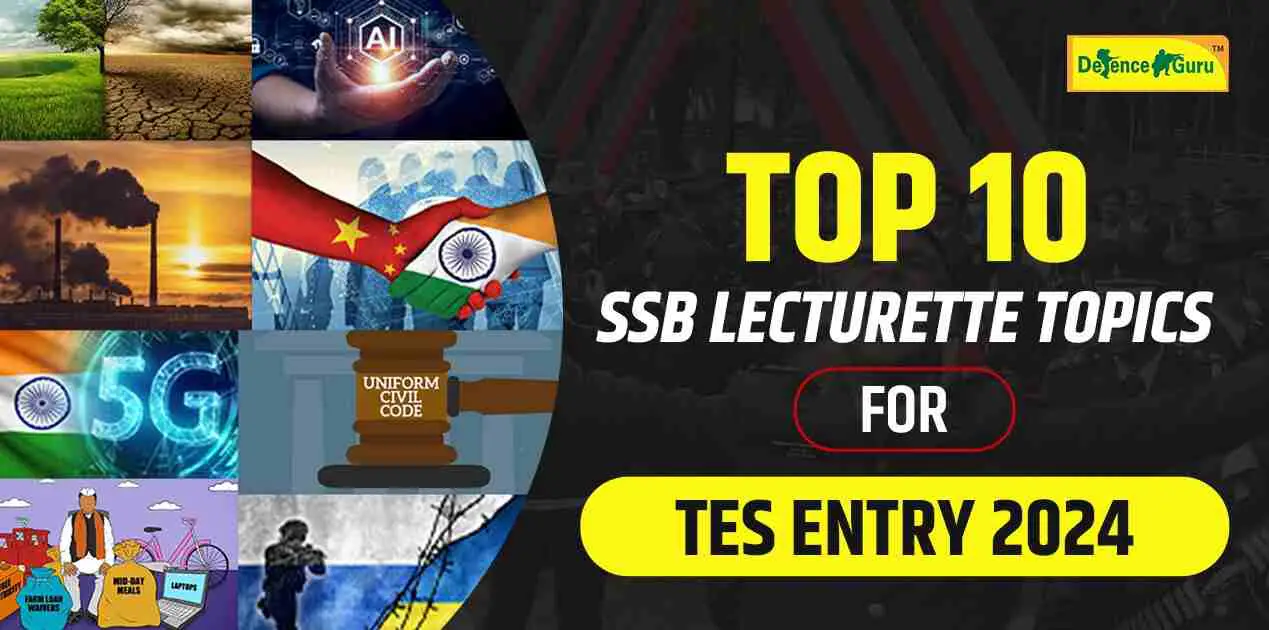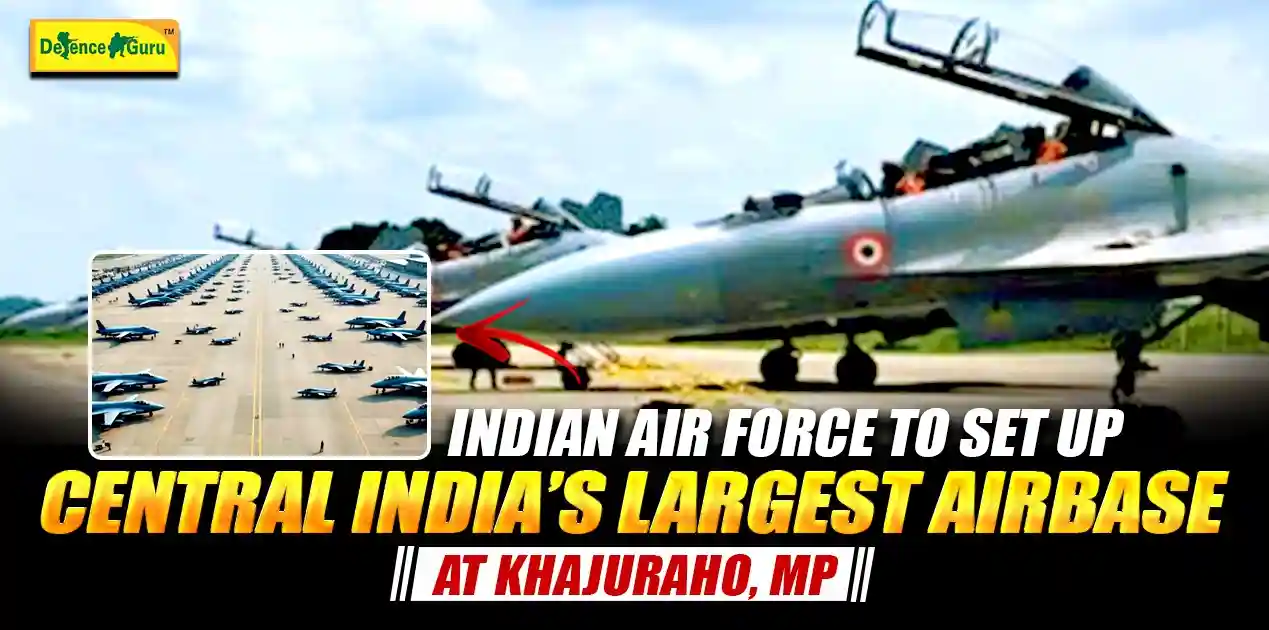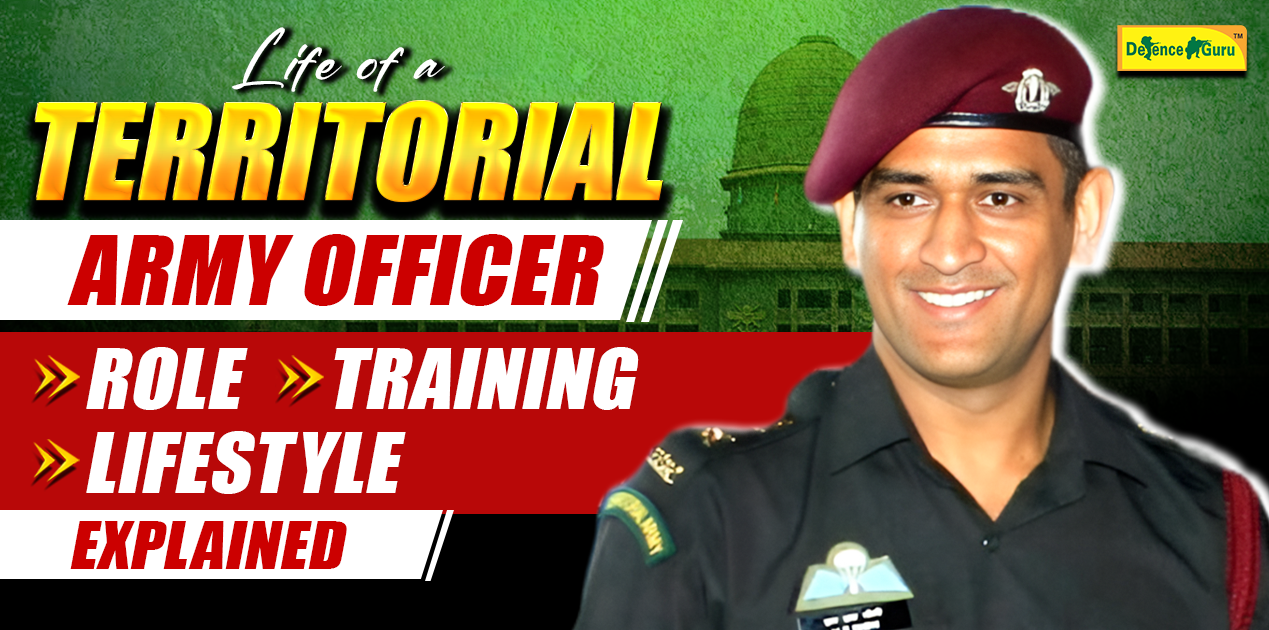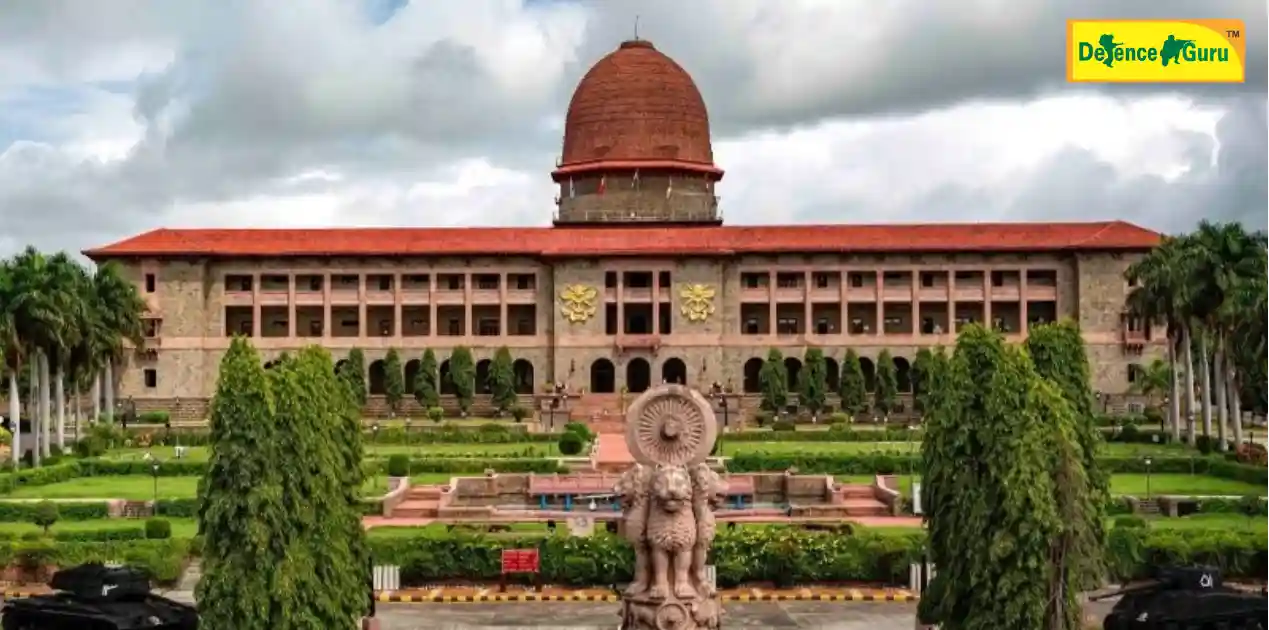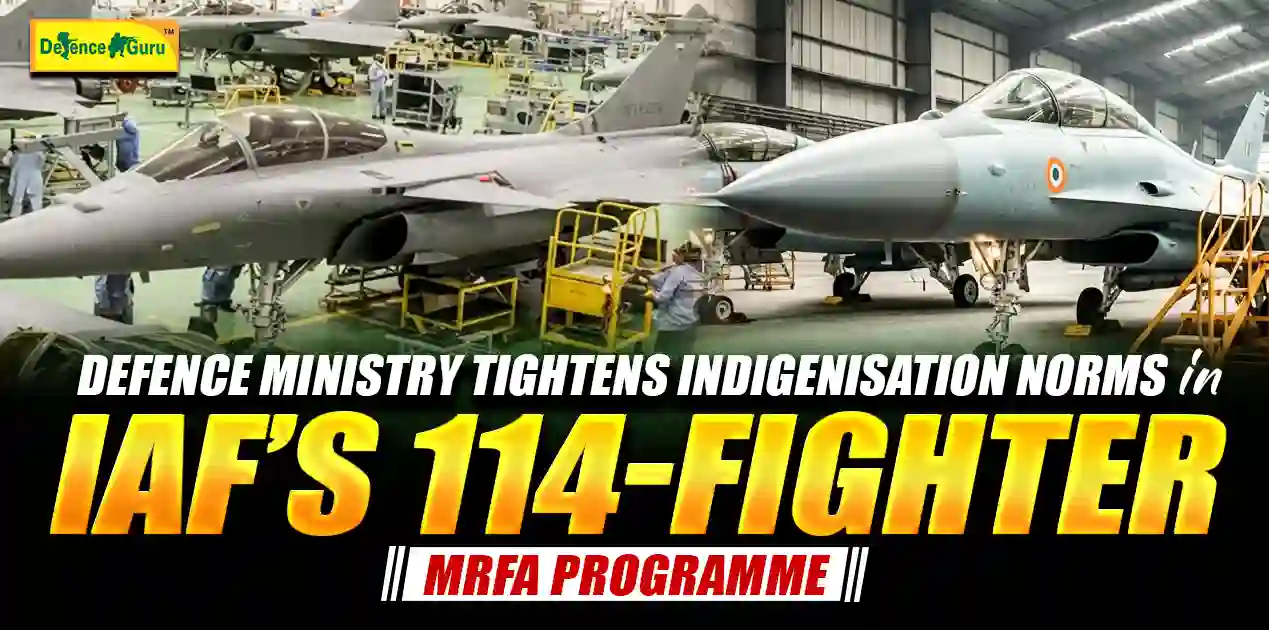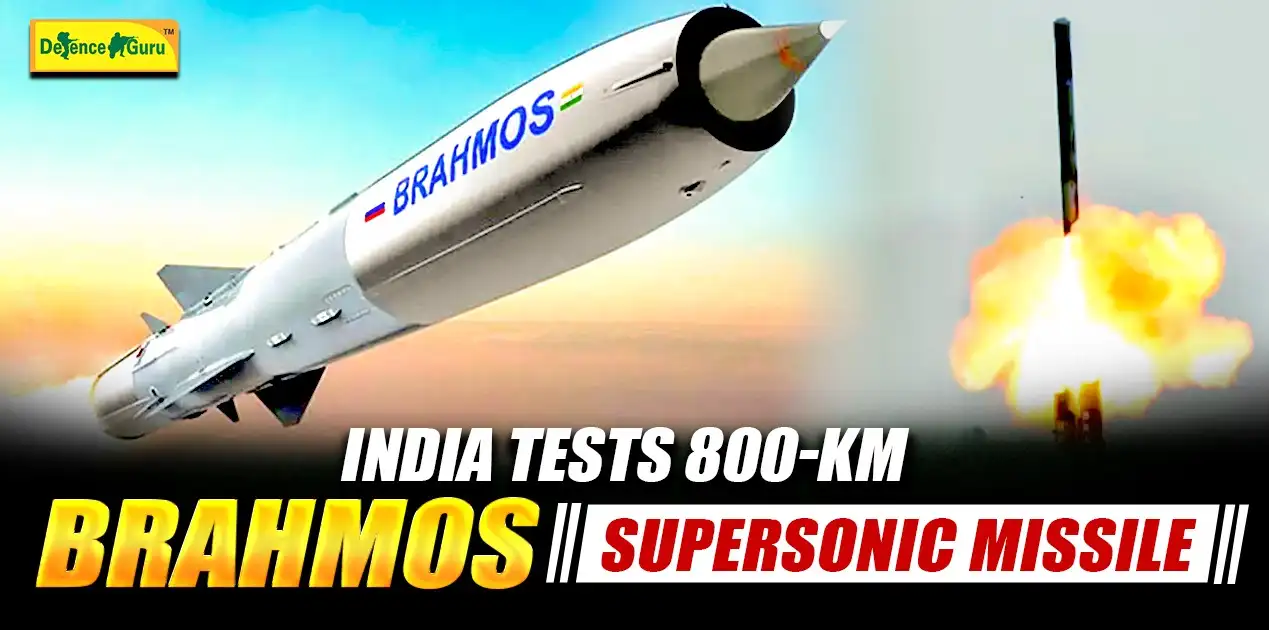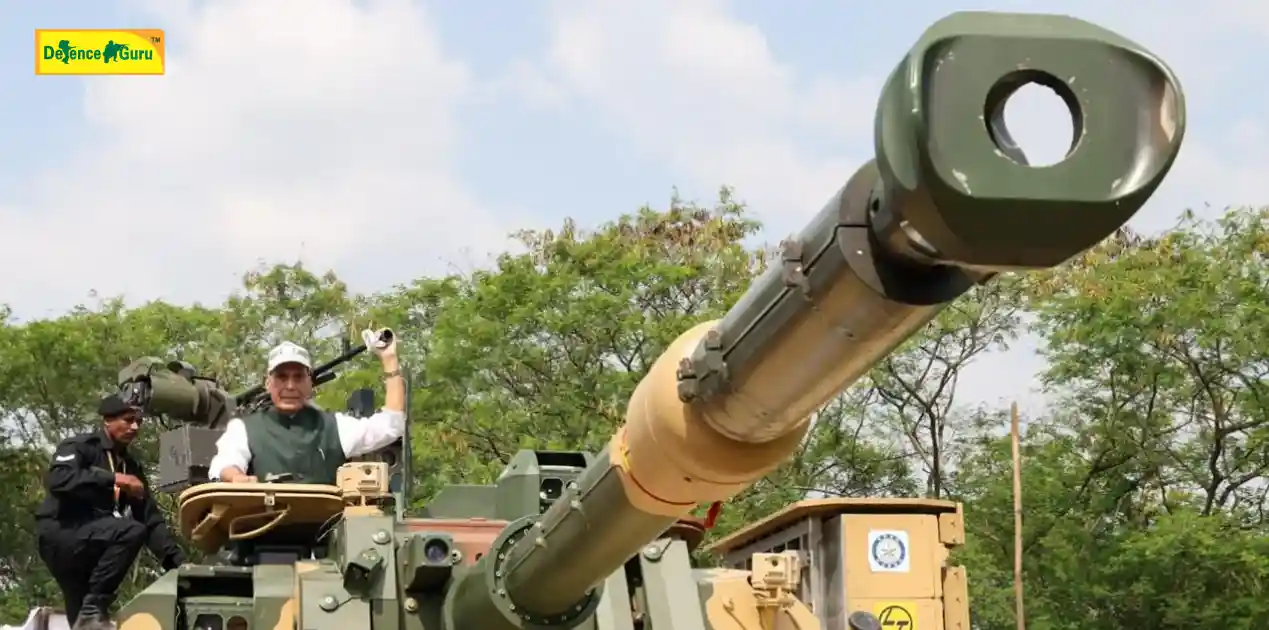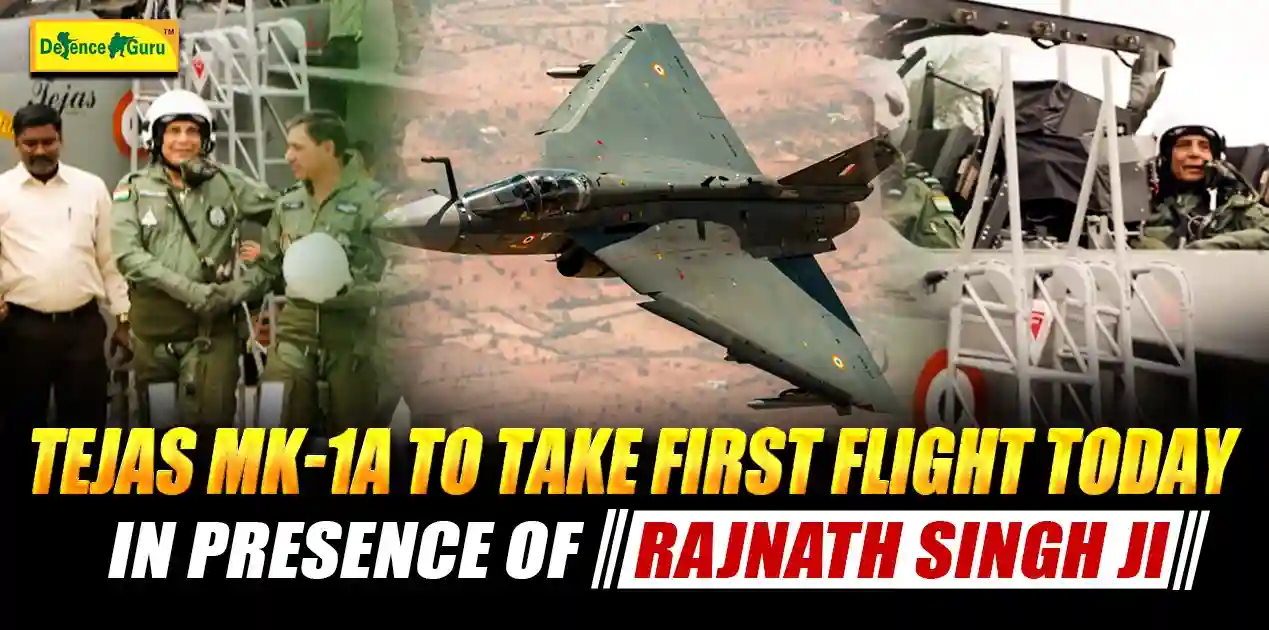As the SSB Interview Dates of TES-51 and Other Entries are out, candidates must have started their preparation for their upcoming SSB Interview. Lecturette is one of the tests feared by a large number of candidates because of their stage fear or lack of knowledge of current affairs. Though stage fear can be reduced through practice, gaining knowledge of current affairs is very important for getting an edge in Lecturette. Lecturette is one of the most important tests of the SSB Interview because in this your ability to face challenges and your leadership quality. In this test, you will be under direct watch of GTO so you need to perform well in this test. Below we are providing the Top Ten Most Important Lecturette Topics for Upcoming SSB Interview. These topics are the latest and most trending topics so there is a high chance that these topics can be asked in the upcoming SSB Interview as well.
Lecturette Topics for Upcoming SSB Interview |
Global Energy CrisisWhat is the Global Energy Crisis? When a large part of the world is unable to afford or get sources of energy i.e. crude oil and natural gases due to affordability, availability, and accessibility, then this situation can be referred to as Global Energy Crisis. In recent times Due to the Russia-Ukraine War and Houthi Attacks on the Red Sea region, There has been a trend in the rise of crude oil prices which has raised challenges for the Global Energy Crisis. These factors have reduced the supply of crude oil and natural gas but the demand for crude oil and natural gas is the same, so this gap has resulted in the rise of prices thus creating a situation of global energy crisis. Reasons for the Global Energy Crisis Russia-Ukraine War Russia is one of the largest suppliers of crude oil and natural gas. Due to this conflict, the supply chain of crude oil and natural gas has been disrupted leaving a large part of the world in an energy crisis. After the start of this conflict, western countries put sanctions on the purchase of Russian crude oil and natural gas. These factors collectively reduced energy supplies from Russia and created a situation of global energy crisis. Post-pandemic Demand After the COVID-19 period, major economies such as India, China, and the USA have been growing rapidly and demanding a large quantity of crude oil and natural gas as energy sources. But, oil-producing countries have not been able to supply that amount of energy sources. Rapid economic growth outpaced energy supply, creating a demand-supply mismatch which resulted in the global energy crisis. Role OPEC OPEC stands for Organisation of Organisation of Petroleum Exporting Countries. OPEC keeps the price of crude oil artificially high. In recent times, they have used the same tactics creating a global energy crisis. Impact of Global Energy Crisis on India India is a country of 1.3 billion which means we have huge demand for energy sources. India imports 86% of its crude oil. So, any rise in price level directly impacts the Indian Economy. Whenever Prices of Crude Oil rises, the Price level goes up affecting common people negatively. India has taken several steps to solve this problem. India has started importing discounted crude oil from Russia and India is looking to import some crude oil from other countries like Venezuela also. |
Artificial IntelligenceArtificial intelligence (AI) refers to the ability of machines to exhibit human-like intelligence, including learning, problem-solving, and decision-making. Artificial Intelligence has become a big part of our lives in recent times. From Self Driving Cars to Dialogue Bots, A large number of people have started taking its assistance. History of Artificial Intelligence The term ‘Artificial Intelligence’ was coined by John McCarthy at the Dartmouth workshop. John McCarthy is considered to be the father of Artificial Intelligence. He coined this term in the 1950s. Application of Artificial Intelligence Healthcare Medical Experts are increasingly using artificial intelligence in the medical field. Artificial Intelligence has helped Medical Experts in detecting chronic diseases such as cancer at early stages. The Manufacturing Process has been automated with the help of Artificial Intelligence. Now Complex Processes of Manufacturing are being handled by Artificial Intelligence. Agriculture Artificial Intelligence is being used in technology-led agriculture. Techniques like Precision farming, disease prediction, and crop yield optimization have been possible due to artificial intelligence. Recent Developments in AI Large Language Models (LLMs) These AI models, like me, can generate text, translate languages, write different kinds of creative content, and answer your questions in an informative way. Examples include GPT-3 and LaMDA. Generative AI This field focuses on creating new content, such as images, music, and even code, using AI algorithms. Explainable AI (XAI) As AI becomes more complex, XAI tools are being developed to make its decisions more transparent and understandable. Quantum AI Exploring the potential of quantum computing to revolutionize AI algorithms and accelerate problem-solving capabilities. Challenges and Concerns Bias and Fairness AI algorithms can perpetuate existing societal biases based on the data they are trained on. Job displacement Automation through AI raises concerns about job losses in various sectors. Ethical considerations Issues like privacy, safety, and the potential misuse of AI for malicious purposes need careful consideration. We can say that on the one hand, AI is creating a lot of opportunities for us and making our lives easy. But, we must think whether are we ready to adopt this technology or not. This technology has been singularly responsible for the loss of so many jobs. So, any large-scale rollout must be guided by proper regulation. |
Climate ChangeWhat is Climate Change? Climate change refers to long-term shifts in temperatures and weather patterns, mainly caused by human activities since the 1800s. These changes are not random; they're a consequence of global warming, the ongoing rise in Earth's average temperature. Reasons for Climate Change Deforestation Large-scale deforestation has been the major cause of Climate Change. Forests act as carbon sink. They absorb carbon dioxide and release oxygen thus keeping our environment clean. But Deforestation resulted rise of carbon dioxide levels in the atmosphere which again caused climate change. Industrial processes Coal-powered plants and other industrial units are responsible for the emission of large amounts of carbon dioxide and other greenhouse gases which is responsible for the rise in the average temperature of the earth. Agriculture Livestock farming and certain agricultural practices release methane, another potent GHG. Such methane emissions can hardly be controlled as this emission is linked to food security. Solutions to Climate Change Addressing climate change requires a global effort and a multi-pronged approach. Transitioning to renewable energy Replacing fossil fuels with renewable sources like solar, wind, and geothermal power is crucial for reducing GHG emissions. Improving energy efficiency Making buildings, industries, and transportation systems more energy-efficient can significantly reduce energy consumption and emissions. Protecting forests Conserving existing forests and planting new trees can help absorb carbon dioxide from the atmosphere. Adopting sustainable agricultural practices Implementing practices like reduced fertilizer use and improved land management can minimize methane emissions and boost soil carbon storage. Investing in carbon capture and storage technologies These technologies capture carbon dioxide from the atmosphere and store it underground, offering a potential way to remove existing emissions. Climate Change is the biggest threat faced by mankind. If we cannot address this crisis now, then there is no ‘Planet B’ for all of us. We need to put shared efforts into promoting sustainable development to save our planet. |
India-China RelationsIndia and China are the two most powerful economies and military powers in Asia. Both Countries are rapidly growing and in the future, these two economies are set to become top economies in the world. In recent years, relations between India and China have significantly deteriorated due to Galwan military clashes and other small-scale clashes. Historical Context Historical Links Trade and cultural exchange existed for centuries between India and China. Chinese Travellers like Faxian, Hieuensang, and Itsing visited India to study. Indian Travellers Like Bodhi Dharma have also visited China to preach about Buddhism. Cold War Rivalry India's tilt toward the Soviet Union and China's support for Pakistan further strained relations. At the peak of the Cold War rivalry, India and China fought a major war of 1962. Due to bad leadership and the underpreparation of the Indian Army, India had to face defeat in this war. Economic Reforms and Cooperation Since the 1990s, economic interactions have flourished. China is now India’s second-largest economic partner and India imports a significant number of raw materials from China. India also exports a large amount of goods to China. Key Elements of the Relationship Border Disputes Unresolved Boundary: The 3,448-km Line of Actual Control (LAC) remains undefined, leading to frequent standoffs and skirmishes. Doklam Standoff (2017) A tense military face-off over the Doklam plateau in Bhutan highlighted the sensitivity of the border issue. Galwan Valley Clash (2020) The deadliest clash in decades resulted in several casualties on both sides and further strained relations. India-China relations are complex and constantly evolving. Recent military clashes have been a major cause of friction that’s why both countries should try to avoid any major clashes with each other. |
5-G in India5G, or fifth-generation mobile technology, is poised to revolutionize the way we live, work, and interact with the world around us. With its significantly faster speeds, lower latency, and increased capacity, 5G promises a plethora of advancements across various sectors. What is 5G? 5G is the latest iteration of mobile network technology, succeeding 4G LTE. It builds upon existing infrastructure and introduces new technologies to offer: Enhanced Data Rates Downloading movies in seconds and streaming ultra-high-definition video without lag are just a glimpse of the possibilities with 5G speeds, reaching up to 20 gigabits per second (Gbps) in ideal conditions. Ultra-Low Latency Near-instantaneous response times, measured in milliseconds, enable real-time applications like remote surgery, autonomous vehicles, and immersive virtual reality experiences. Massive Machine-Type Communication (mMTC) 5G can connect billions of devices simultaneously, paving the way for the Internet of Things (IoT) revolution, where everything from smart cities to connected homes becomes a reality. Applications of 5G Technology 5G's potential applications are vast and transformative, impacting various sectors: Healthcare Remote surgery, real-time patient monitoring, and personalized medicine powered by AI. Manufacturing Smart factories with connected machines, predictive maintenance, and real-time production optimization. Transportation Autonomous vehicles, connected cars for improved safety and traffic management, and enhanced public transportation systems. Education: Immersive learning experiences, virtual reality classrooms, and personalized education delivery. Agriculture Precision agriculture with real-time data on soil conditions, pest control, and crop yields. Entertainment Ultra-high-definition video streaming, immersive gaming experiences, and augmented reality applications. Challenges and Considerations Infrastructure Deployment Building and maintaining the necessary infrastructure for widespread 5G coverage requires significant investment. Cybersecurity Increased connectivity raises concerns about data privacy and security vulnerabilities that need to be addressed. Digital Divide Ensuring equitable access to 5G technology for all communities and bridging the digital divide remain crucial challenges. |
Russia-Ukraine WarThe ongoing war in Ukraine, sparked by Russia's full-scale invasion on February 24, 2022, has become a defining conflict of the 21st century. Russia invaded Ukraine on February 24 2022 citing the reason for the expansion of NATO. Since then both sides have engaged in bloody battles. Russia had initial success in this war but later on, suffered some setbacks. Ukraine is not giving and is being actively supported by NATO. Historical Context Dissolution of the Soviet Union Ukraine gained independence in 1991, but historical and cultural ties with Russia remain complex. NATO Expansion Russia views NATO's eastward expansion as a threat to its security, particularly Ukraine's potential inclusion. Donbas Conflict Since 2014, Russia has backed separatists in eastern Ukraine's Donbas region, creating simmering tensions. Reasons for the Invasion Security Concerns Russia claims the invasion is a "special military operation" to address security threats from NATO and protect ethnic Russians in Ukraine. Geopolitical Aims Some analysts believe Russia seeks to restore its sphere of influence in the former Soviet Union and weaken Western influence in the region. Domestic Politics The war has bolstered Russian President Vladimir Putin's domestic standing, presenting a strongman image amidst economic challenges. The Russia-Ukraine conflict has resulted in large-scale destruction and loss of lives on both sides. The global economy is facing an energy crisis due to this issue. Many African Countries are not able to afford food due rise in prices caused by this war. So, an Immediate solution to this war should be made. |
Uniform Civil CodeThe Uniform Civil Code (UCC) is a proposed set of personal laws, applicable to all citizens irrespective of their religion or faith, aimed at replacing the current system of diverse personal laws based on community customs and religious scriptures. What is the UCC? The UCC envisions a single set of civil laws governing matters like marriage, divorce, inheritance, adoption, and maintenance, promoting legal uniformity and equality across religious communities. Article 44 of the Indian Constitution mentions UCC as a Directive Principle of State Policy, urging the government to strive for its enactment. Arguments for the UCC Equality and Gender Justice Proponents argue that the UCC would promote gender equality by removing discriminatory provisions often found in personal laws, particularly concerning women's rights in marriage, divorce, and inheritance. National Integration A uniform code is seen as a way to strengthen national unity by removing religion-based legal distinctions and fostering a sense of common citizenship. Modernization and Secularism The UCC is viewed as a step towards a modern and secular India, where personal laws are not governed by religious dictates but by secular principles of justice and equality. Simplification of Legal System A single code could streamline the legal system, reducing complexity and delays in court proceedings for matters related to personal laws. Arguments against the UCC Community Rights and Cultural Identity Opponents argue that the UCC infringes on community rights and undermines the cultural identity of different religious groups, who have historically followed their own customs and traditions. Practical Difficulties and Implementation Concerns exist regarding the practical challenges of drafting and implementing a UCC that respects the diverse viewpoints and sensitivities of various communities. Potential Backlash and Social Unrest Fear of resistance and potential social unrest among certain communities against the imposition of a uniform code could lead to instability and hamper national harmony. Political Sensitivity and Constitutional Concerns The issue is politically sensitive, and concerns exist about potential overreach and violation of Article 25 of the Constitution, which guarantees freedom of religion, including the right to manage one's own personal affairs. |
One Nation One ElectionThe concept of One Nation, One Election (ONOE) has been a subject of ongoing debate in India. It proposes synchronizing the timing of all national and sub-national elections, including those for the Lok Sabha (India's Parliament) and State Legislative Assemblies, into a single, unified nationwide electoral cycle. Proponents argue that ONOE would bring numerous benefits, while opponents raise concerns about its potential negative consequences. Arguments for ONOE Reduced Election Fatigue Holding multiple elections in quick succession can lead to voter fatigue and apathy. ONOE would potentially increase voter turnout by minimizing the frequency of polls. Reduced Expenditure ONOE could significantly decrease the overall cost of conducting elections, saving public funds that could be redirected to development initiatives. Enhanced Governance By focusing on governance during a longer, consolidated election cycle, ONOE could potentially lead to better policy formulation and implementation. Strengthened National Unity ONOE could foster a sense of national unity by focusing on national issues during a single, nationwide election cycle. Arguments against ONOE Erosion of Federalism Critics argue that ONOE might weaken India's federal structure by placing national politics at the center of all elections, overshadowing local issues and concerns. Loss of Regional Focus ONOE could potentially lead to national issues dominating the political discourse, neglecting the specific needs and challenges of individual states. Impact on Local Politics Synchronizing national and state elections could disrupt the dynamics of local politics, impacting the representation of regional interests. Logistical Challenges Implementing ONOE would require significant logistical adjustments, including amending the Constitution and managing the complexities of a nationwide simultaneous election. While the idea of ONOE has been debated for decades, no concrete steps have been taken towards its implementation. A committee led by former President Ram Nath Kovind was formed in 2018 to examine the feasibility of ONOE, but its report is yet to be made public. The key challenges remain to build consensus among political parties, address concerns about federalism and regional representation, and overcoming the logistical hurdles involved in conducting a nationwide simultaneous election. |
Freebies in Election in IndiaThe term "freebies" has become a contentious buzzword in Indian politics, igniting heated debates about their merits and demerits. What are Freebies? In the Indian context, freebies primarily refer to non-cash benefits promised or distributed by political parties as electoral incentives. These range from subsidized rice and electricity to laptops, cycles, and farm loan waivers. Arguments for Freebies Poverty Alleviation Proponents argue that freebies, particularly those addressing basic needs like food and healthcare, can alleviate poverty and improve the lives of marginalized communities. Social Welfare Freebies can promote social welfare by supporting education, healthcare, and women's empowerment initiatives. Political Participation They can incentivize voter participation, particularly among lower socioeconomic groups, promoting inclusivity in the democratic process. Economic Stimulus Targeted subsidies and freebies can stimulate specific sectors, like agriculture, and boost economic growth. Arguments against Freebies Fiscal Burden Critics argue that freebies place a significant burden on state finances, leading to fiscal deficits, debt accumulation, and reduced resources for infrastructure and development. Distortion of Priorities Overemphasis on freebies can divert resources from more crucial investments in healthcare, education, and infrastructure, hindering long-term growth. Political Populism Short-term political gains through freebies can overshadow long-term policy considerations and encourage unsustainable fiscal practices. Moral Hazard and Efficiency Concerns exist about potential misuse, misallocation, and dependency on freebies instead of promoting self-reliance and economic productivity. Current Scenario The Supreme Court of India is currently examining the issue of freebies, potentially setting guidelines or restrictions on their distribution. Political parties continue to use freebies extensively in election campaigns, making it difficult to disentangle genuine welfare measures from politically motivated promises. Finding a balance between providing essential support and ensuring fiscal responsibility remains a key challenge for policymakers.
INS Imphal: the New Destroyer of Indian NavyThe Indian Navy's latest guided-missile destroyer, INS Imphal, commissioned in December 2022, represents a significant leap in technological prowess and operational capability. This stealthy warship is the third vessel in the Visakhapatnam class, and it is the first ship to be named after the city of North-east India. Features of INS Imphal Dimensions of INS Imphal Measuring 163 meters in length and weighing 7,400 tonnes, INS Imphal cuts an impressive figure at sea. Its stealthy design minimizes radar signature, crucial for modern naval warfare. Power of INS Imphal Four gas turbines propel the ship to speeds exceeding 30 knots, enabling rapid deployment and tactical maneuvers. Weapon System of INS Imphal INS Imphal has a Multi-Layered Defence System. Equipped with a diverse array of weapons and sensors, INS Imphal can neutralize threats from air, surface, and subsurface. This includes Medium-range surface-to-air missiles (MRSAM) for aerial defense. BrahMos supersonic cruise missiles for devastating long-range strikes. Anti-submarine warfare (ASW) rockets and torpedoes for underwater engagements. A multi-role 76mm gun for close-in defense. Advanced radars and sonar systems for comprehensive situational awareness. Importance of INS Imphal INS Imphal bolsters India's naval power projection in the Indian Ocean Region (IOR), vital for safeguarding strategic interests and ensuring regional stability. Its potent armament and advanced technology serve as a deterrent against potential adversaries, promoting peace and security in the region. The successful construction and commissioning of INS Imphal demonstrate India's growing capabilities in complex warship design and construction, boosting its position as a major shipbuilding nation. |

